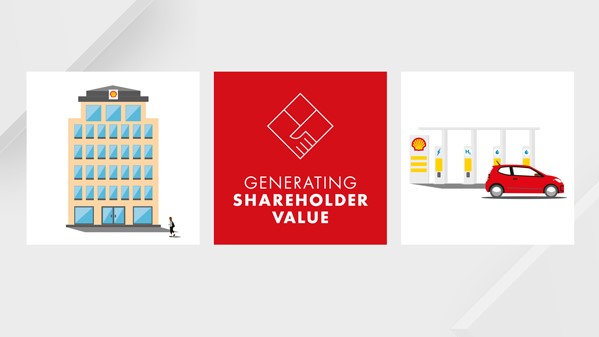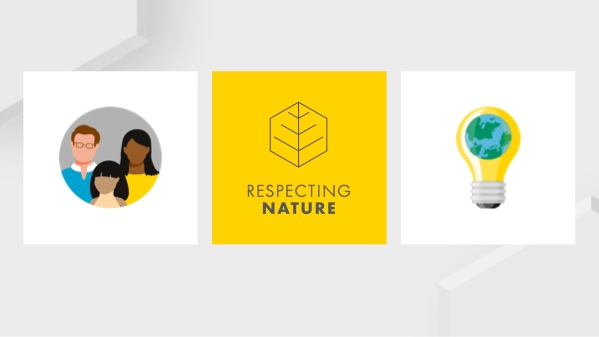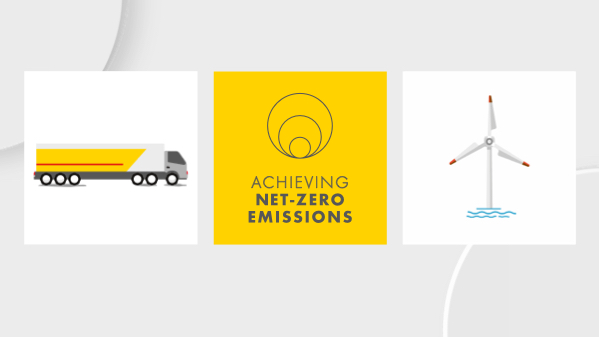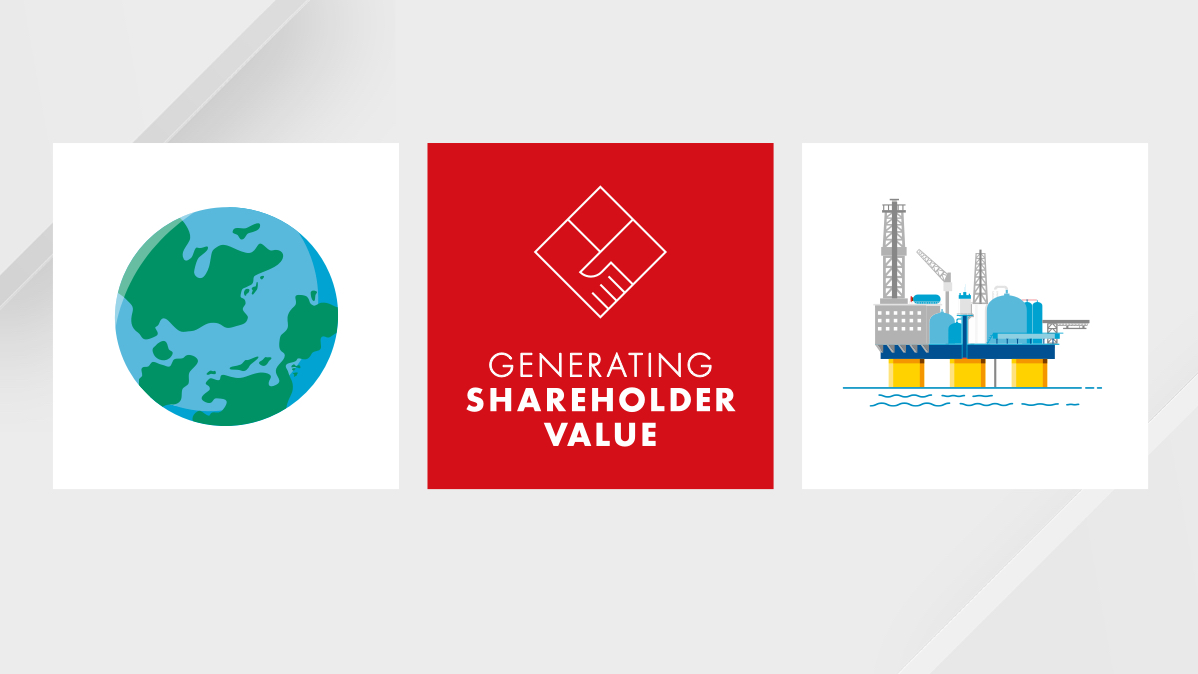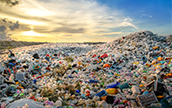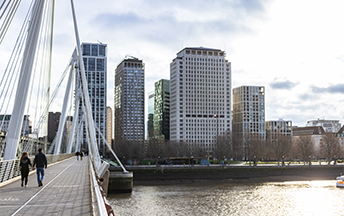Canada
3,361 Employees
-
Third-party revenues
$12,843,012,795
-
Related-party revenues
$14,741,502,360
-
Total revenues
$27,584,515,155
-
Profit before tax
$1,773,404,160
-
Tax paid
$(34,600,676)
-
Tax accrued
$33,356,590
-
Tangible assets
$17,142,474,446
-
Stated capital
$49,251,242,225
-
Accumulated earnings
$(4,659,685,486)
Main business activities
- Upstream
- Downstream
- Integrated Gas
- Trading and Supply
Shell’s footprint
Shell has been operating in Canada since 1911. Canada’s downstream business is anchored in our Scotford Complex. With over 400,000 barrels per day in refining capacity (upgrader and refinery), Scotford is a large refining and petrochemical facility that includes a bitumen upgrader, an oil refinery, a chemicals facility and the Quest carbon capture and storage (CCS) facility. Shell’s Sarnia Manufacturing Centre in Ontario includes a refinery and chemicals plant and has a daily production capacity of 85,000 barrels of crude oil. Shell also has trading and supply, aviation, sulphur, retail and lubricants businesses. In British Columbia, we produce natural gas at our Groundbirch asset, which has 479 producing wells and four gas plants. Our Alberta Light Tight Oil asset was divested in 2021. Shell also has a 40% interest in the LNG Canada joint venture, which is in the construction phase.
Country financial analysis
The statutory corporate income tax rate for Shell in Canada was 24.16% in 2021. This is a combination of the federal tax rate of 15% and various provincial rates. The combined provincial rate is based on the annual allocation of salaries and revenue to each of the provinces in which Shell Canada conducts business. The difference between the statutory rate and actual taxes accrued or paid is because capital expenditures result in a deduction for tax depreciation several years in advance of the time at which revenue from production is earned. This means tax losses are generated early in a project, and would be used against the realisation of future revenues. The variation between the tax accrued and the tax paid is due primarily to the following: (i) a tax refund arising from the settlement of tax litigation relating to previous taxation years (on the tax paid side) and (ii) legal entities which were profitable in the year and for which no prior-year losses are available for offset (on the tax accrued side).
The revenue increase in 2021 is primarily due to higher realised oil and gas prices. In 2021, the profit before taxes compared to a net loss in 2020 was mainly driven by lower impairment charges, higher prices for oil, LNG and gas, and gains from the sale of assets.
Our Payments to Governments Report for 2021 shows that Shell paid around $4.7 million in royalties and fees.

